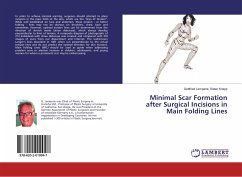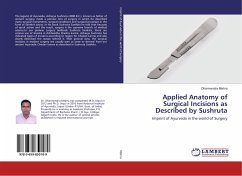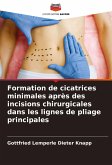In order to achieve minimal scarring, surgeons should attempt to place incisions in the main folds of the skin, which are the "lines of tension". While well established on face and abdomen, these tension - or better folding - lines may not be obvious on shoulders, chest, back and extremities. However, optimal incision lines can be determined from the direction of stretch marks (striae distensae), which always develop perpendicular to lines of tension. A composite diagram of photographs of 213 individuals with striae distensae was created and compared with 276 images of scars from our department and Internet. The well-known Langer's lines described in 1861 often run perpendicular to the virtual tension lines and do not predict the optimal direction for skin incisions. Main Folding Lines (MFL) should be used as guide when addressing problem scars or elective incisions in children, adolescents, and young women for whom a prominent scar may be embarrassing.
Bitte wählen Sie Ihr Anliegen aus.
Rechnungen
Retourenschein anfordern
Bestellstatus
Storno








